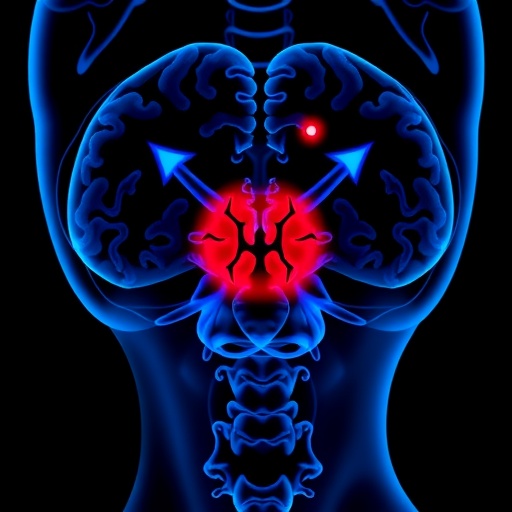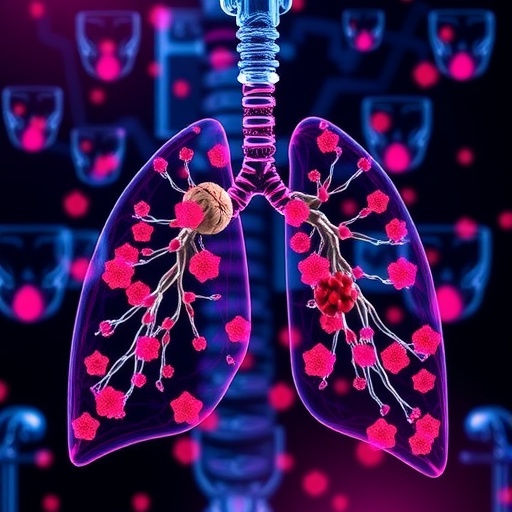BfR Opinion No 017/2019 of 13 May 2019
The German Federal Institute for Risk Assessment (BfR) deals regularly with the contamination of food with 1,2-unsaturated PA. It has already published opinions on the occurrence of 1,2-unsaturated PA in herbal teas, tea and honey, as well as a salad mixture contaminated with ragwort and food supplements (FS). The BfR has now made a health assessment of levels of 1,2-unsaturated PA determined by the monitoring authorities of the federal states in samples of various dried and deep-frozen herbs and spices.
A high level of 1,2-unsaturated PA was detected in borage, as well as in some samples of commercially purchased deep-frozen and dried lovage, oregano and marjoram. Although the absolute consumption quantity of herbs is low in prepared foods, it can make a considerable
contribution towards longer term as well as short-term exposure to 1,2-unsaturated PA.
The BfR made a preliminary assessment of the health risk posed by short as well as long-term uptake on the basis of the levels of 1,2-unsaturated PA determined in the samples of deep-frozen and dried herbs and spices. A conclusive assessment of the possible health risk
resulting from the consumption of herbs contaminated with 1,2-unsaturated PA is not possible at the moment as there is not enough data on the longer as well as the short-term consumption of various herbs. The preliminary health estimation of the levels of 1,2 unsaturated PA in herbs made in this opinion is therefore based on various scenarios on the uptake of these substances (exposure).
The primary target organ of PA-induced adverse effects in humans and animals is the liver, but other organs can be affected too, such as the lungs in particular. The effects can occur within a short period of time if larger doses of unsaturated PA have been ingested and within a longer period of time with lower doses. Typical symptoms, especially if high doses have been ingested, are closure of the central sublobular hepatic vein and liver damage which can lead to liver necrosis. It is also known from experiments with animals that they cause a mutagenic and carcinogenic effect.
To estimate the risk of possibly non-carcinogenic (non-neoplastic) damage, an orientation value of 0.1 μg PA per kilogram body weight and day was used in a makeshift manner. This health-based guidance value (HBGV) was derived from a chronic study with animals. With a daily intake quantity of less than 0.1 μg 1,2-unsaturated PA per kilogram body weight and day, the occurrence of non-carcinogenic liver damage is not to be expected with short as well as long-term exposure. The exposure scenarios, which are based on model food dishes which, according to the recipe, are usually prepared with certain herbs, indicate that an exceedance of the orientation value through the consumption of individual dishes containing highly contaminated herbs is possible. As no reliable information is available on the dose-response relationship, it has not been possible up to now to define a sufficiently safety margin between the uptake of a quantity with which severe health effects occur and the safe up-take level.
For the health risk assessment of the uptake of 1,2-unsaturated PA, however, primary attention has to be laid on the genotoxic and carcinogenic effects. As no safe uptake level can be defined for genotoxic-carcinogenic substances, the contents of 1,2-unsaturated PA in foods should be as low as possible (ALARA principle: as low as reasonably achievable) as even low uptake quantities may lead to an increased cancer risk, especially if consumed regularly.
The margin of exposure (MOE) concept is used in the European Union (EU) for substances with a genotoxic-carcinogenic mode of action in order to determine the urgency of risk management measures. An MOE value of 10,000 or higher is regarded in principle as being of little concern from the view of public health.
On the basis of consumption data from National Nutrition Study II, the BfR calculated that consumption of highly contaminated herbs ma
y lead to long-term exposure levels solely through this food category, which are associated with MOE values of less than 10,000. In the
case of high consumers of herbs, an MOE of clearly less than 10,000 is already reached solely through the consumption of herbs, when they contain medium levels (1,000 μg/kg).
The data provided to the BfR by the monitoring authorities of the federal states show that the mean levels of 1,2-unsaturated PA in borage, which produces PA by itself, are particularly high. High contents of 1,2-unsaturated PA were also detected in samples of lovage and
samples from the “Oregano, Marjoram” group. Only very low levels of 1,2-unsaturated PA or none at all were found in fresh herbs such as parsley.
The BfR also points out that when assessing the possible health risk to consumers, all sources of 1,2-unsaturated PA have to be taken into consideration in addition to the exposure via herbs as described here. These include in particular herbal teas, teas and honey. The consumption of herbs therefore leads to further uptake of 1,2-unsaturated PA. The Institute also recommends that overall exposure to PA from all foods be kept as low as possible and that an MOE of less than 10,000 be avoided when considering PA exposure from all sources. To this end, efforts should be continued to further reduce PA levels through the improvement of cultivation, harvesting and purification methods. The BfR describes a method on its homepage on how plant material can be examined to establish its levels of 1,2- unsaturated PA analytically.
https:/
###
Media Contact
Suzan Fiack
[email protected]
Related Journal Article
https:/
http://dx.




